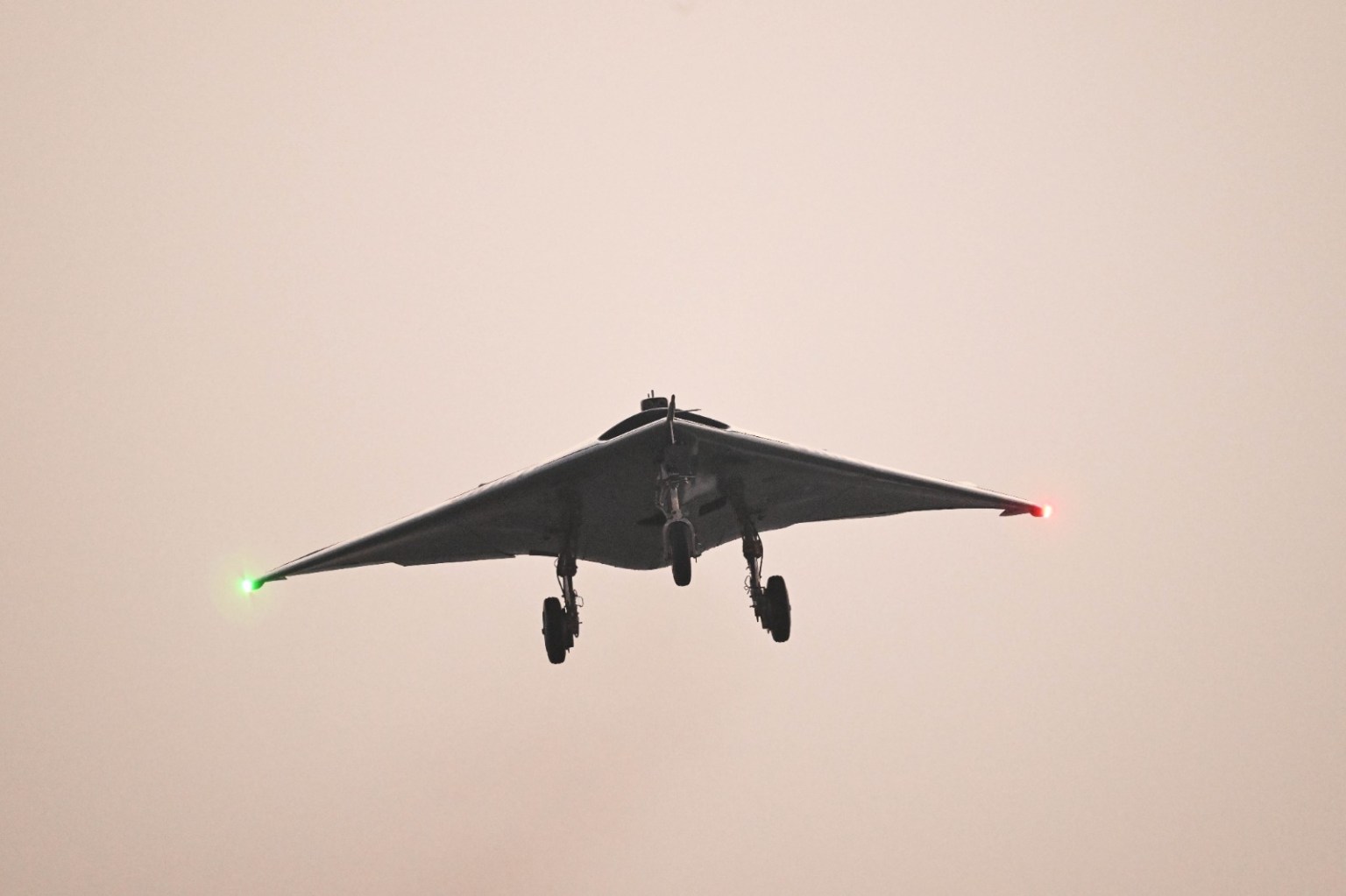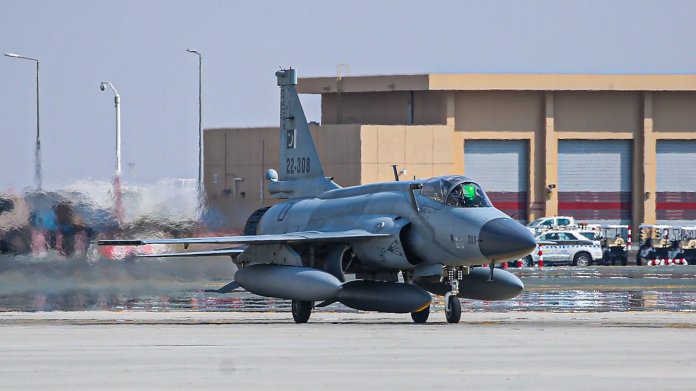On December 15, India achieved a significant milestone by successfully testing its Autonomous Flying Wing Technology (AFWT) Demonstrator, placing it among the elite nations with flying wing capabilities. Conducted by the Defense Research and Development Organization (DRDO), the flight trial took place at the Aeronautical Test Range in Chitradurga, Karnataka.
The AFWT Demonstrator, a high-speed flying wing Unmanned Aerial Vehicle (UAV), is one of two prototypes developed by DRDO's Aeronautical Development Establishment in Bangalore. The recent test, the seventh in a series, showcased the UAV's tail-less configuration, marking India's entry into the exclusive group of countries mastering flying wing technology.
The aircraft prototype, featuring a sophisticated arrowhead wing platform, is crafted from lightweight carbon prepreg composite material developed domestically. The success of the flight tests highlights achievements in aerodynamics, control systems, real-time integration, hardware-in-loop simulation, and advanced Ground Control Station capabilities.
The AFWT Demonstrator, known for its low radar signature due to its unique design, accomplished an autonomous landing without ground radar, infrastructure, or pilot intervention. This capability allows take-off and landing from any runway with surveyed coordinates. The aircraft's autonomous landing relied on onboard sensor data fusion and indigenous satellite-based augmentation using GPS-aided GEO-augmented navigation (GAGAN) receivers, enhancing GPS navigation accuracy and integrity.
The locally developed airframe, landing gear, and flight control systems position India as self-reliant in aerospace technology. The next phase involves further development and testing to assess the UAV's suitability as an armed Unmanned Combat Aerial Vehicle (UCAV).
DRDO is concurrently working on a UCAV named Ghatak or Autonomous Unmanned Research Aircraft (AURA) for the Air Force and Navy, and insights from the AFWT Demonstrator trials will contribute to experimenting with arming the drone. The Ghatak UCAV is envisioned to carry air-launched missiles and precision-guided munitions.
India's success in the AFWT Demonstrator trials is expected to secure funding for the full-fledged development of the Ghatak UCAV, marking a significant stride towards an autonomous combat surveillance platform.

:quality(70)/cloudfront-us-east-1.images.arcpublishing.com/archetype/WEKGUXBP2JEA5IJLK2WK432SVM.jpg)
